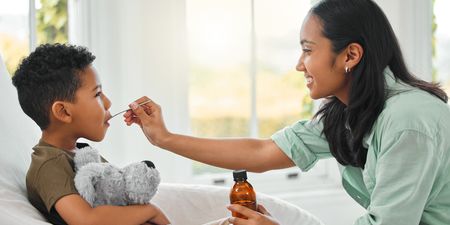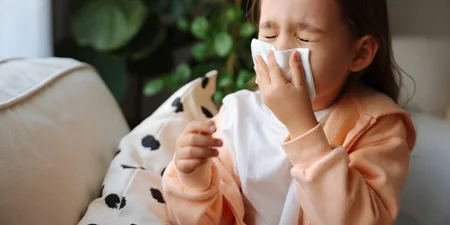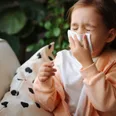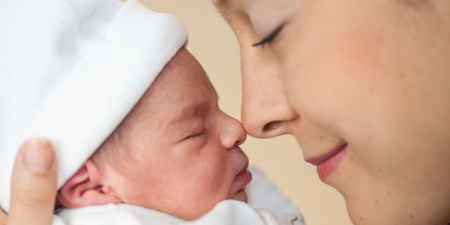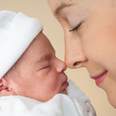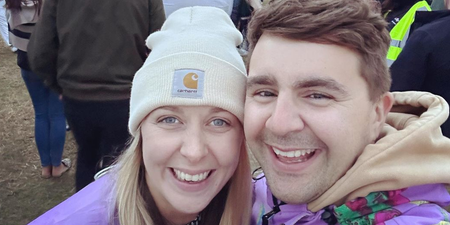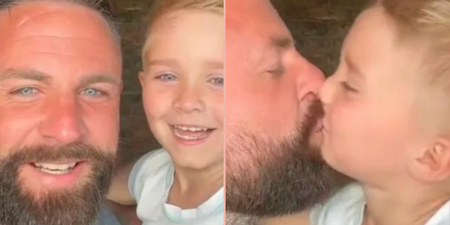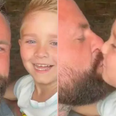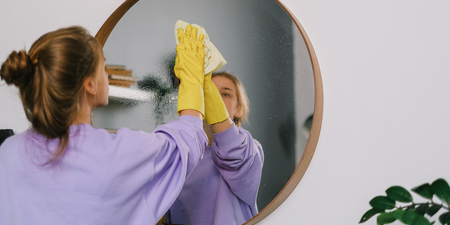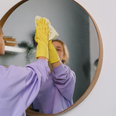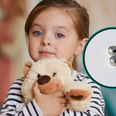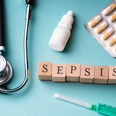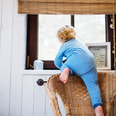It’s so hard to keep a track of every little minor – or major – ailment that our kids can pick up.
I find myself examining my two for anything unusual at every bath or when I’m getting them dressed.
Rashes, of course, freak us all out on first sighting and send us running for the thermometer and firing questions at our kids about whether or not they are in any pain.
But it’s the sneaky ailments that get me – the ones that look like ‘just a spot’ and turn into something more sinister, like when Jacob developed Impetigo around his nose last year.
What is Impetigo?
It is a bacterial skin infection which is highly contagious. It is most commonly found in children, although in rare cases it can be found in adults.
What does it look like?
It first appears as a small scratch or an itchy piece of inflamed skin. Small blisters then develop and these can rupture releasing a yellow fluid. The top of the blister then becomes crusty, and new blisters develop in the same place or in different parts of the body.
Who is most at risk of developing it?
Impetigo often occurs in infants and children whose developing immune systems make them more vulnerable to infection.
Where do they get it?
Impetigo generally appears around the nose and mouth but can occur anywhere skin has been damaged or broken, such as by a cut, scrape or mosquito bite.
How is impetigo spread?
Impetigo is extremely contagious. It can be spread from one person to another through touch or shared items such as clothes and towels. A child can also spread it to another part of their own body through scratching or picking at blisters.
How can I stop my child from developing impetigo?
Good hygiene is the key – our Jacob developed it from picking his nose too much. Keep your child’s nails short and make sure they wash their hands regularly. Discourage them from sharing things such as clothes and towels, especially in places where impetigo could be rife, such as public swimming pools.
How is it treated?
While some mild cases do clear up on their own, your physician may prescribe an antibacterial ointment to prevent the infection from spreading. If the infection is severe, or if it has spread to multiple areas, your doctor may also prescribe an oral antibiotic.
How long will it take to heal?
The rash should begin to look better after two to three days, and Impetigo can take up to ten days to heal completely. Because of it’s contagious nature, schools and creches will advise you to keep your child at home until it is completely cleared up.
Join the conversation on Twitter @HerFamilyDotie




